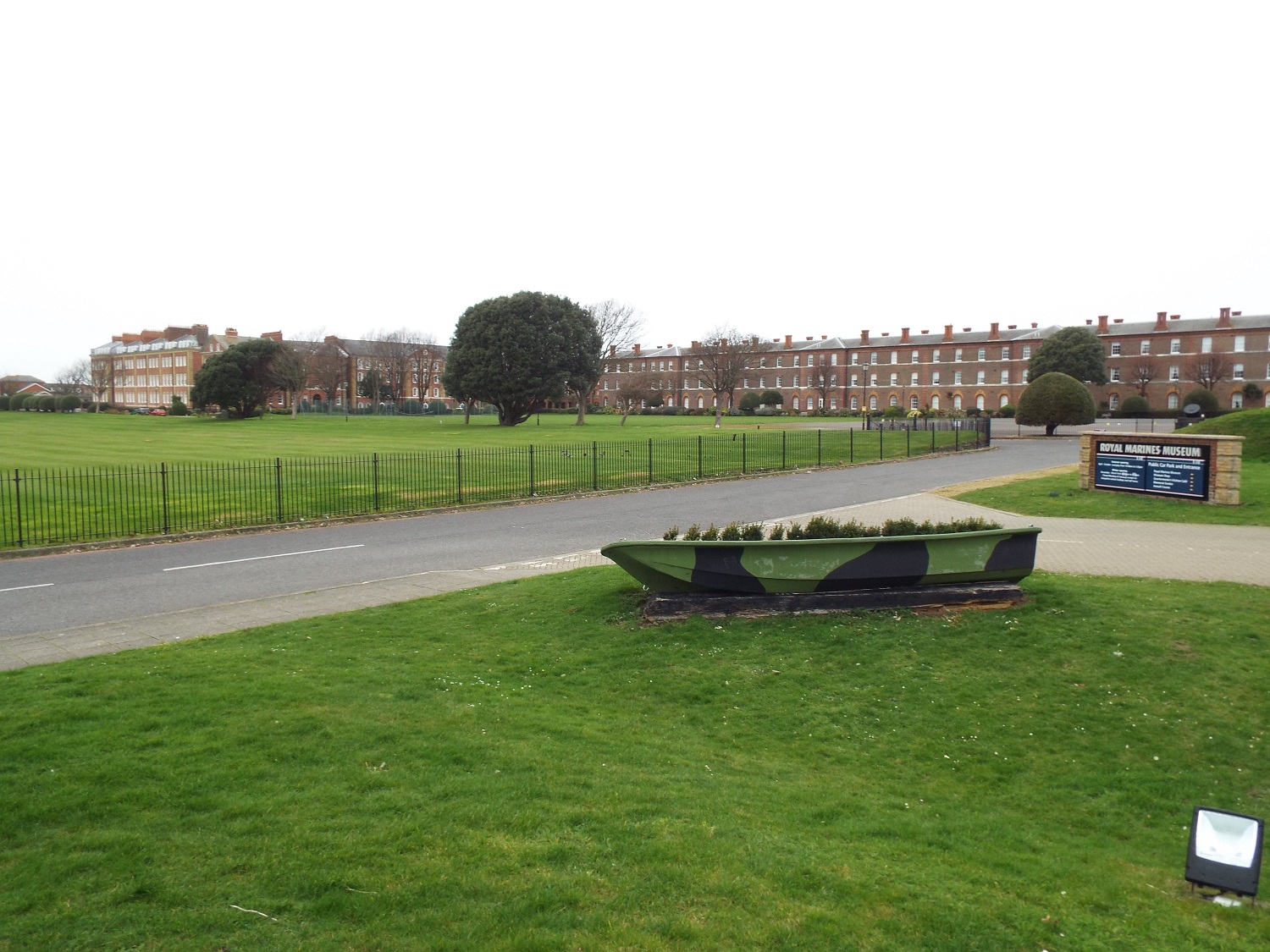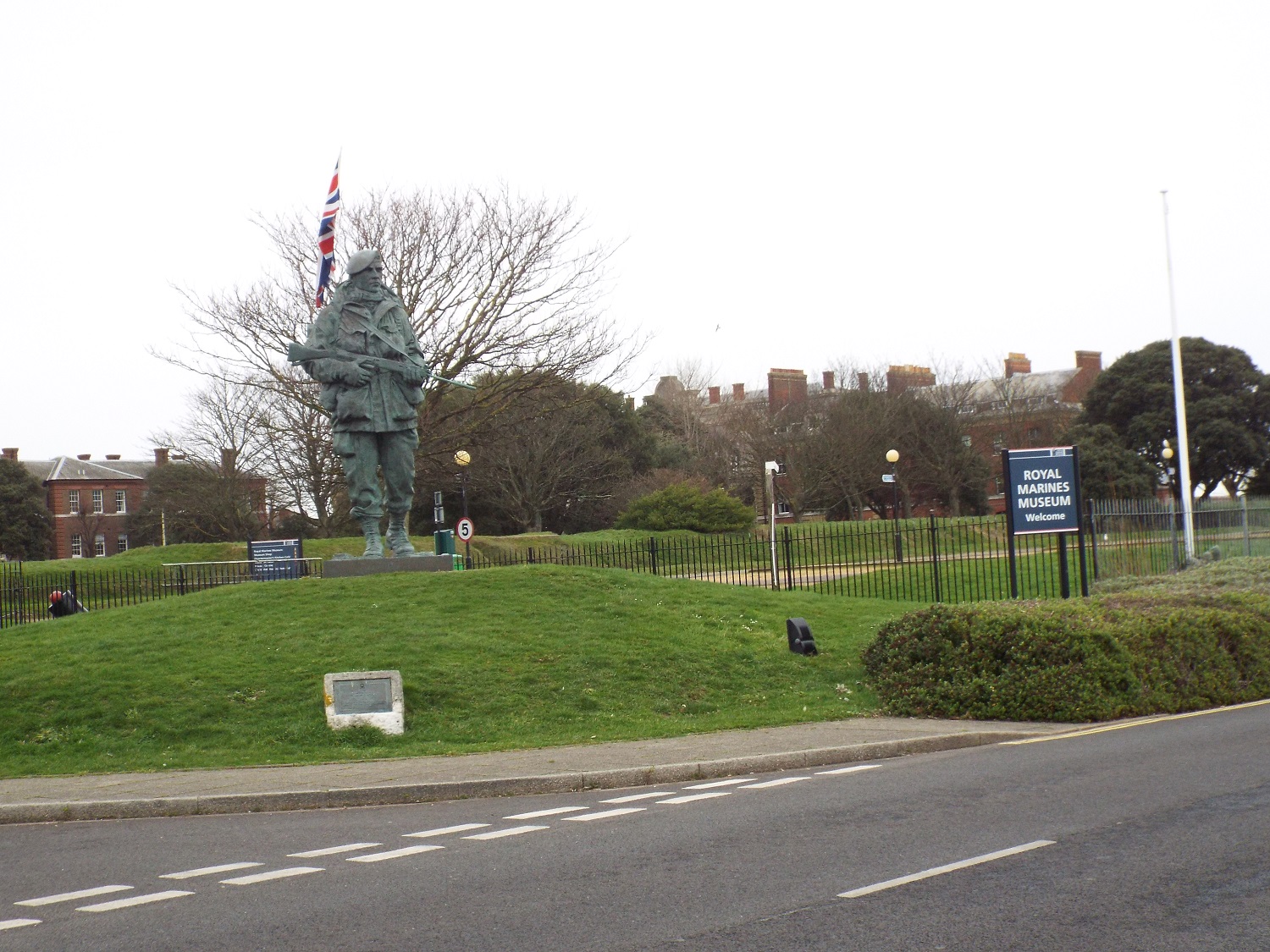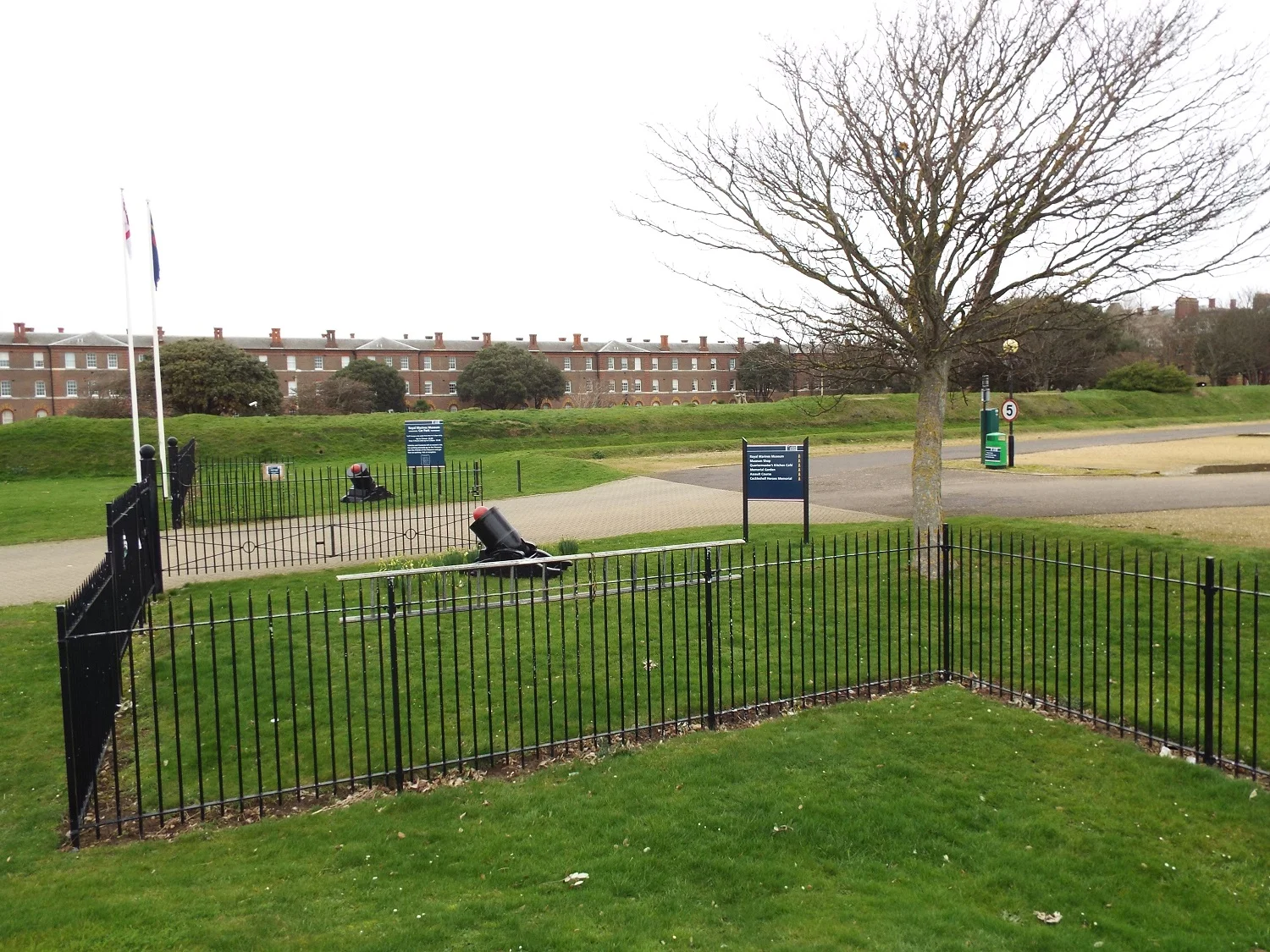It seems that there's little in Portsmouth - including military history that's recent enough still to be raw - that doesn't end up being political slash-and-burn. The Yomper Statue outside the Royal Marines Museum in Portsmouth, who gazes out to sea over Eastney Beach, is hot news. The Yomper memorialises the role of the marines during the Falklands Conflict in 1982 and was unveiled by Thatcher ten years later.
In their traditional campaigning style, the Portsmouth Lib Dems are trying to own it as a 'local issue', and to blame other political parties for the plan to move the iconic figure from the soon-to-close Royal Marines Museum location to the nearby Historical Dockyard where it will be a companion to the Mary Rose, Victory and Warrior - a site which draws hundreds of thousands of visitors every year.
But it is absolutely clear and obvious that this is a decision that lies with the Royal Marines Museum and the MoD - not the local Tories. The thought that the Tories would want, or enable, the removal from Eastney of the Yomper and the commemorative plaque which inscribes Thatcher's name onto the seafront turf is laughable.
In 1982 I was 22 years old and I lived in Newcastle; and I watched the news broadcast live to the nation where Brian Hanrahan said of the planes, 'I counted them all out and I counted them all back'. In my time as a Portsmouth City Councillor, which only ended relatively recently, I worked with an officer who was a Falklands veteran. He was quite the quiet man about it. This is history, but it's still alive. Whatever you think of Thatcher, or of the rights and wrongs of the conflict, it's still part of our psyches. It's a national issue, and memorial time is still being played out on the chess board of British identity with pieces like the Yomper.
The Portsmouth seafront is a vast archaeological and historical landscape, stretching from the harbour and the modern and historic naval yards round to Henry VIII's castle and sweeping across the beaches, slipways, barracks and earthworks, speaking to us of Tudor conflicts and World Wars. We ourselves are at a time where we 'celebrate' the Tudor legacy and its gift to us of the Castle and the Mary Rose - but we surely to God are still too close to the Falklands Conflict to feel anything other than remembrance and commemoration. We remember.
We remember the dead. All of the dead. Including all the lost boys of the Belgrano.
So where does the Yomper belong? His original placement is on an artificial mound, looking out to sea. The argument to leave him where he is, is understandable. But the barracks - a vast sweep of buildings - will soon close as a museum, whether we like it or not. Possibly the MoD will seek a housing development option. The facade would remain, but it'd still be posh flats. Does the Yomper belong in front of posh flats? Would the Yomper historicise a bunch of modern apartments, or would the modern apartments detract from the gravitas of the Yomper?
The earthworks of gun emplacements and the slipway will remain. The statue would have the associations with and proximity to other built features, other memories, other places from the wars and conflicts in which Portsmouth had such a visceral involvement.
But the Royal Marines Museum wants to move the Yomper to its new home at Boathouse 6 in the Historic Dockyard, and I think it will likely have its way. My concern with this plan is that the BBC published a 'reconstruction' image of the Yomper inside the building.
I accept that the Yomper needs most of all to be seen in order to be remembered - including being remembered for all the pain he represents. I certainly, unequivocally know that the Yomper should never be used by local councillors to prop up their desires to be parliamentary candidates.
The Yomper belongs outside, at the edge of land and sea, as he was on the Falklands. The Yomper belongs outside, at the edge of the navy, between green and blue. The Yomper, whether at Eastney Beach or in the Historic Dockyard, belongs with his boots on terra firma, looking at the sea under the sky, with his face washed by sprindrift. Otherwise what we do is transpose the Yomper from being a clear recent memory of the pain of the Falklands Conflict into a sanitised super-sized action man, in a carpeted museum room away from the very elements that define the three-day yomp that created the photograph on which the poignant Yomper Statue is based.
POSTSCRIPT 22nd July 2017 - the Yomper statue is to stay in place at Eastney beach. Negotiations are ongoing with Portsmouth City Council over future maintenance costs. Sea defences plans are also moving forward, which will need to take into account this monument and associated features (such as the slipway), and other monuments around the shoreline environs.




